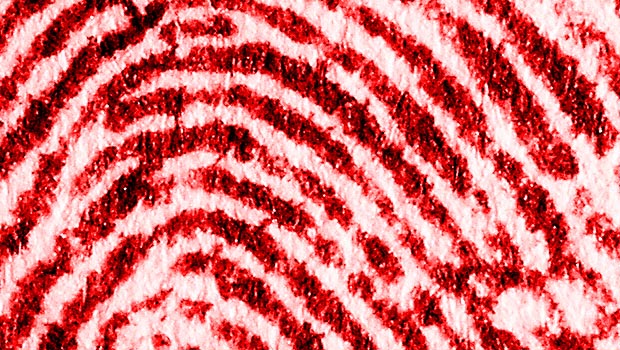Bloodletting

![]() By the pricking of my thumbs, something wicked this way comes…
By the pricking of my thumbs, something wicked this way comes…
–Macbeth, Act IV, scene 1, line 45
I make my living as a researcher and copy-editor, but in my spare time, I write dark fiction, mostly noir-tinged crime stories but with a few urban fantasies thrown in for variety. Yes, I confess, I have been known to write about vampires and zombies and the occasional ghoul.
Before the days of Wikipedia, I once freaked out a reference librarian by asking her to find out the temperature at which blood outside the body freezes. There was a long pause before she finally asked, “Why do you want to know?”
Lest you think I am alone in wondering about this, Google the phrase, “the temperature blood freezes” and you will get 596,000 results in 0.22 seconds (Answer: it varies). People also want to know the boiling point of blood (212 degrees Fahrenheit, if you’re keeping score).
My stories often feature blood and I am not squeamish about it, which is a handy trait for a diabetic to have. The sight of blood, even my own, rarely makes me feel woozy. I suspect women in general are more sanguine about blood loss than men out of necessity. And by the way, the word “sanguine” has the same root as “sanguinary,” meaning “bloodthirsty.”
This is the kind of free-association that goes through my head when I prick my finger in the morning to test my blood. The controlled bloodletting links me to medieval barber-surgeons who cut patients to release the “bad humors” in an attempt to cure diseases. Therapeutic bloodletting was mentioned in the 5th century B.C.E. by Hippocrates, the father of modern medicine, but it has been traced back to more ancient Ayurvedic texts. Even older are the stories of people bartering their souls and sealing their pact with a bloody finger or handprint.
One morning after testing, I accidentally touched a piece of paper and left a perfect bloody replica of my left index finger. California fingerprints drivers when they get their licenses, so if I ever leave a bloody fingerprint behind at a crime scene, it will be easy enough to track me down.
These are the kinds of thoughts that bubble to the surface of my imagination as my blood bubbles to the surface of my skin. If I am not rushed or working on a deadline, I’ll often poke and prod at these thoughts in the same way I sometimes have to poke and pinch to get enough blood to register on the test strip. Sometimes I am inspired to write a story.
Sometimes it’s a bloody good story.
Thanks for reading this Insulin Nation article. Want more Type 1 news? Subscribe here.
Have Type 2 diabetes or know someone who does? Try Type 2 Nation, our sister publication.